We can all agree that a lot of planning (sometimes too much) can go into a Parks on the Air® (POTA) activation. We tend to overthink, especially when we are starting something new. Here’s my best advice: Don’t wait for the perfect conditions, the perfect radio, the perfect antenna, etc. If you do, you’ll never leave your house. Get out there and have fun!
But today, let’s talk logging, or more specifically, choosing the perfect logging option for POTA. I’ll give you a hint—it doesn’t exist. Your choice of logging method will certainly change depending on the type of activation you are planning.
Forty-five years ago, when I was first licensed, there was not much choice for logging your amateur radio contacts. Logbooks or notebooks were your only choices when keeping track of your contacts or recording important information about the operation of your station.
Today, there are a multitude of logging choices for the active amateur. These range from the old standby paper and pencil to laptops, tablets, and smartphones. The same goes for software. There are multiple logging options available regardless of the device you are using. I recommend test driving several logging software programs to find one that works for you.
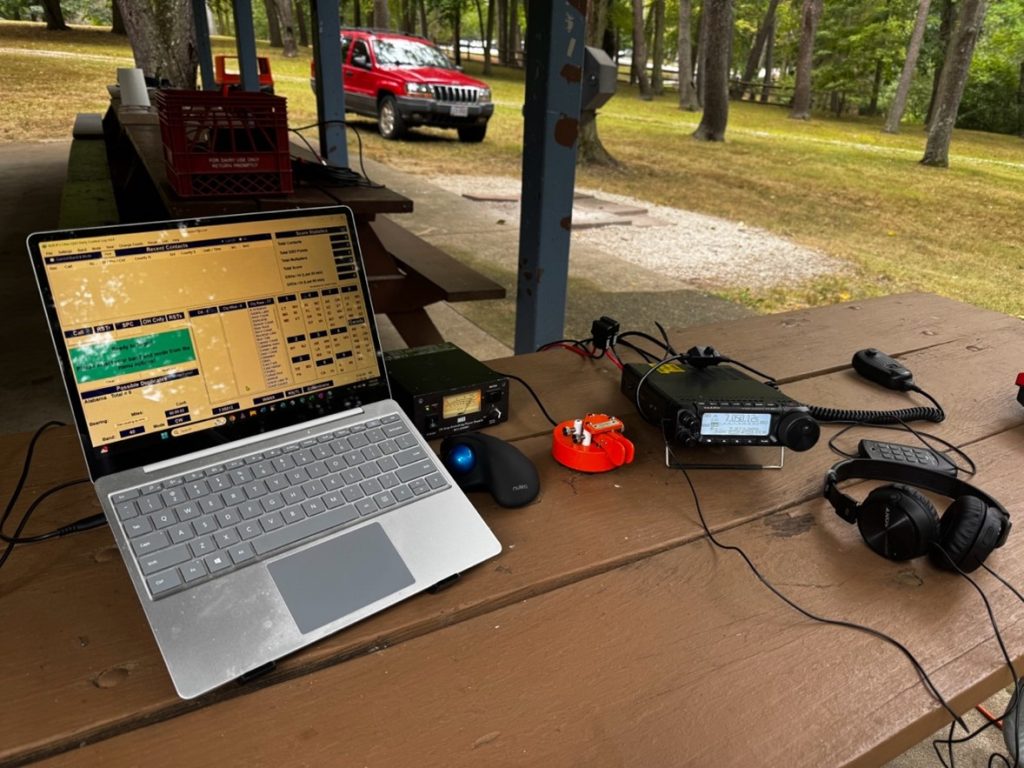
You’ll want the user interface to be easy on the eye. After all, you’ll be spending a lot of time staring at that interface, sometimes in bright sunlight. So, it’s important to take the user interface into account when choosing a program.
The standard for logging program output is the ADIF (ADI) file. This is the format that allows contacts to be moved easily between programs. All the loggers I’m going to mention use the ADIF format for importing and exporting. ADIF format is required for uploading to POTA. Most online logs also use the same format for bulk uploads.
Here are the logging options I recommend for those starting out in POTA:
AC Log
This is my go-to logging program because it just works. AC Log is a simple-to-use general purpose logging program that also does award tracking, spotting, and more. You can use as many or as few of its features as you’d like. I can set the screen up to cater to my operating preference. You can read more about it in my OnAllBands article on customizing AC Log for POTA. At the time of this article (September 2025), the cost for AC Log is $39.99. Most hams I know will purchase the entire suite of N3FJP programs for $59.99.
N1MM Logger+
This is mainly a contest logger, but N1MM will work as a POTA logger by choosing the contest name “DX” from the setup screen. N1MM is well thought out, regularly updated, and free. It does, however, have a slightly steeper learning curve compared to N3FJP’s AC Log.
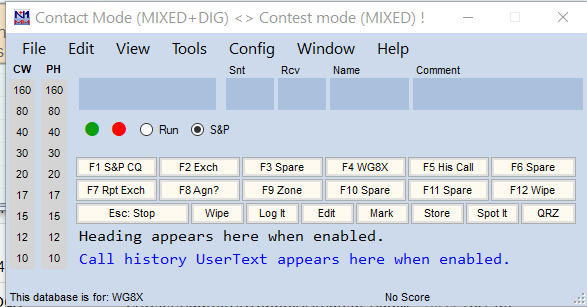
World Radio League (WRL)
This is a new one to me. As of this writing, I’ve used their mobile app on a couple of outings and I like it. There are quite a few features available, even on the free level. The one that attracted me was that internet access is not required when I run it on the iPad. The cost varies from free to $9/Month.
I hope to do some more exploring with this one to learn more about its features. One thing that interests me is that the WRL logger will run not only general logging but a ton of contests as well. Surprisingly, it even runs some smaller contests like Ohio State Parks On The Air (OSPOTA).
Ham2K Portable Logger (POLO)
I like POLO. For the last year or so, it’s been my go-to logger for those times when I’m using the iPad. It’s free at both the App Store and Google Play stores.
I like the fact that it will do everything from one screen. You can log and submit spots (and view them). If you see a spot you like, just click on it—your logging fields will be populated with the park number and frequency. I also like that the number keys are part of the logging interface screen. This makes entering call signs a lot easier.
One great feature is the map tab that shows the location of the stations you contact. I’ve heard that a Windows version is coming, but I don’t know when that’ll be. POLO works well on my older (5th Gen) iPad. It’s free, but the developer (Sebastian, KI2D) does have a “Buy Me a Coffee” link on his website.
HAMRS
This one has been out for a few years. Recently, I discovered that I had two versions: HAMRS and HAMRS Pro. Apparently, HAMRS Pro is an upgraded version of HAMRS. I had some issues getting HAMRS Pro running, but I was able to run HAMRS.
Like POLO, HAMRS sports a QSO map that displays the location of the stations you contact. While it won’t spot Park to Park stations precisely in their park, I feel this is still a cool feature.
HAMRS runs on Mac, Windows, Linux, and Raspbian. I’ve used it in a couple activations, but I want to do a deep dive into it and maybe write some more about it at a later date.
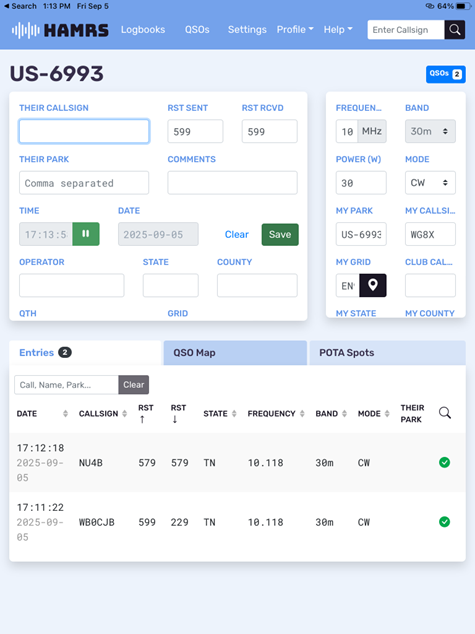
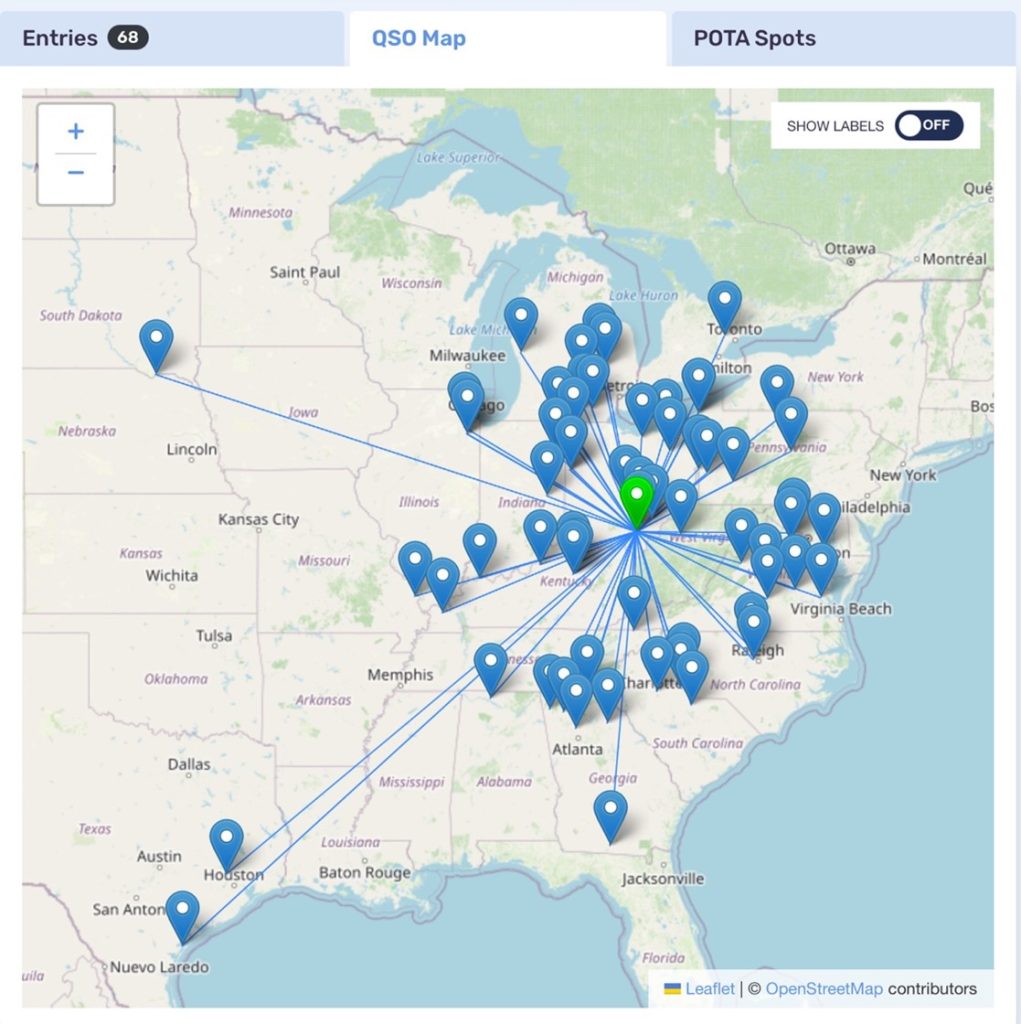
Paper
Then there’s always paper and pencil. Granted, it’s not exactly high tech, but sometimes I enjoy it more than computer logging.

Log sheets can be downloaded from the web, you can make your own, or you can buy a ready-made logbook. You can find the ARRL’s 144-page, paperback “Portable Operating Logbook” made for outdoor use at DX Engineering.
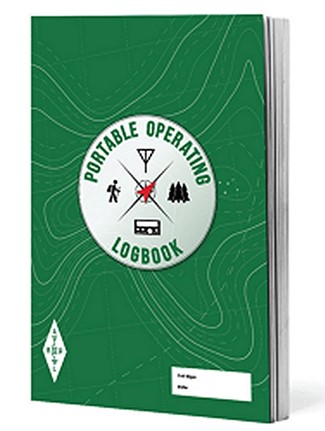
Once you get home, your paper logs can be entered and uploaded manually into POTA using their “Manual Log Entry” function accessible from the “My Log Uploads” screen. I was quite impressed and found it was much easier than inputting it to a logger, exporting back out via ADIF, then uploading the file to POTA.
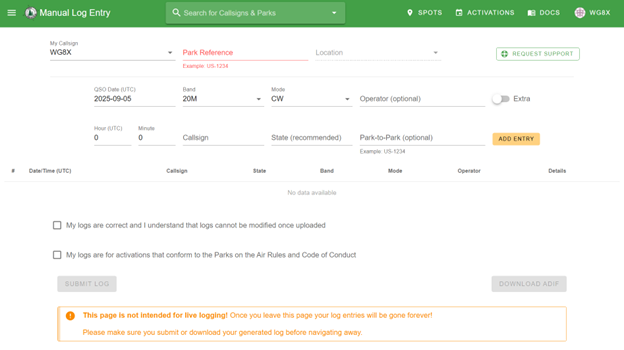
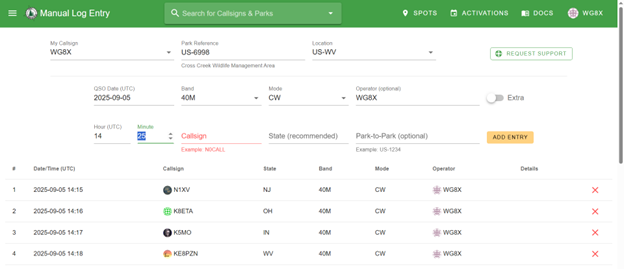
I hope this gives you a starting point to logging for POTA. There are more logging programs out there, but these are the ones I would recommend. While I prefer AC Log, I would not be hesitant to use any of them in this article for an afternoon or weekend POTA rove.
With that, I’ll say 73, and encourage you to go activate a park!
DE WG8X
Editor’s Note: Visit DXEngineering.com for contact logging software, logbooks, and everything you’ll need for your POTA and other outdoor activities on the air.

